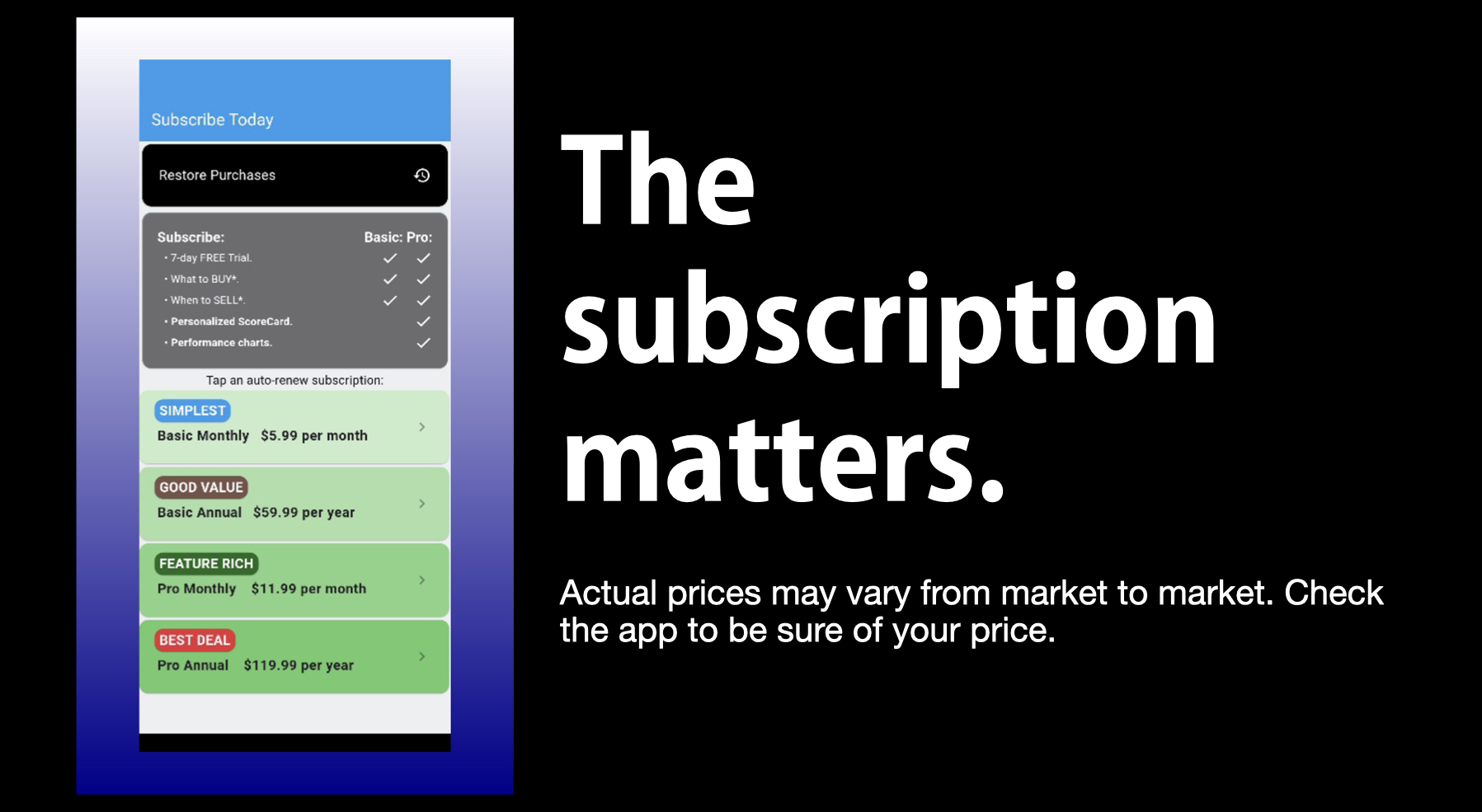 Upside of Location
Upside of Location
Location-based mobile services are often considered to be the next wave of innovation among wireless startups and mobile operators, particularly in the USA. Location and mobile search are usually positioned as symmetrical features of the coolest smart phones, since the likely most frequent search on a mobile phone will be for navigation or nearby restaurants or points of interest, and in a competitive market, what advertiser wouldn't pay extra to advertise to mobile users searching for 'pizza' within 1 mile of the restaurant? Of course, they'd pay extra to reach that customer, especially near meal times.
Location Services Starting Point
Now, most industry insiders agree that the USA is behind Europe on things mobile by about 2 years. One area, besides the iPhone where the USA is a leader in, is public utilities-mandated location services, also known as [[E911]].
[[Winnipeg]] Manitoba, in western Canada in 1959 became the first North American city to use the [[9-1-1]] consolidated emergency service. The idea is that for police, fire or medical emergencies citizens dial 911 and the call is automatically routed to a PSAP ([[Public Safety Answering Point]]) where the call is recorded and answered by emergency management specialists capable of dispatching the appropriate emergency personnel, and trained in emergency telephone situation management – stay on the line, don't panic, we're coming right away, put the gun down, how many men were there? are there any other persons in the building? – to extend the usefulness of the information communicated in such stressful circumstances that 911 callers find themselves in. In other countries, this emergency telephone number is 999, while for GSM mobile phones (AT&T and T-Mobile use GSM in the USA, Rogers in Canada) the standard 112 is supported.
Of course, for mobile users and for VoIP users, the physical geometry of the network is no longer certain. With a 508 area code on my mobile phone, I may not want to speak with the PSAP in central Massachusetts when I call 911 from the mobile phone when I'm visiting Los Angeles. That's why the FCC has mandated mobile operators and VoIP service providers to also deliver reliable (defined separately) location information to the PSAP.
Now standardized as part of the North American Numbering Plan, Enhanced 911, is the requirement to also provide physical location information automatically with a call to the PSAP. This requirement is quite the technical challenge for mobile operators and VoIP service providers alike, but nevertheless there are a number of commercially available solutions they can choose from.
I spoke with Manlio Allegra, the CEO of Polaris Wireless, an innovator in the Location Services market. Founded in 1999, the California-based VC-backed company specializes in software-based solution to deliver the x-y coordinates (and soon z-dimension) of mobile phones WITHOUT [[Global Positioning System]] chips in the phone, WITHOUT triangulation vectors from multiple towers and WITHOUT specialized network switch hardware.
The Polaris Solution
Manlio explained that the Polaris Wireless Location Signature solution relies on two principles. Firstly, the fact that every location in a mobile operator's serving area has a unique signature based on signal strengths, cell tower identifications and network performance information available every 500 milliseconds or so (in GSM networks). Secondly, the network initialization process provides information that can be used to develop an operator's unique Predicted Signature Database. Patented algorithms quickly estimate the likely location of the mobile phone in question and deliver that information to the mobile operator network for PSAP processing or mobile advertising as appropriate.
Polaris system can provide location estimates as much as within 50 m about 75% of the time and within 150 m 99% of the time in dense urban settings. The accuracy of this approach is greater, cheaper and more scalable than putting the GPS chip into the mobile phone. GPS systems are particularly poor in dense urban settings where tall buildings frequently block signals from the satellites, but where the wireless signature method is particularly strong. GPS is best in the wide open spaces (like deserts and the ocean) where there are completely unobstructed views of the horizon and therefore the satellites. Of course, there won't be many pizzeria's in the middle of the desert.
Clearly, the all-software approach is lower cost and more accurate in dense urban settings where all the mobile user emergencies are likely to occur and where all the location-based search advertising revenues are going to originate. Overall, Polaris is well positioned with 21 operators worldwide as customers including 3 of the four big mobile operators in the US.









